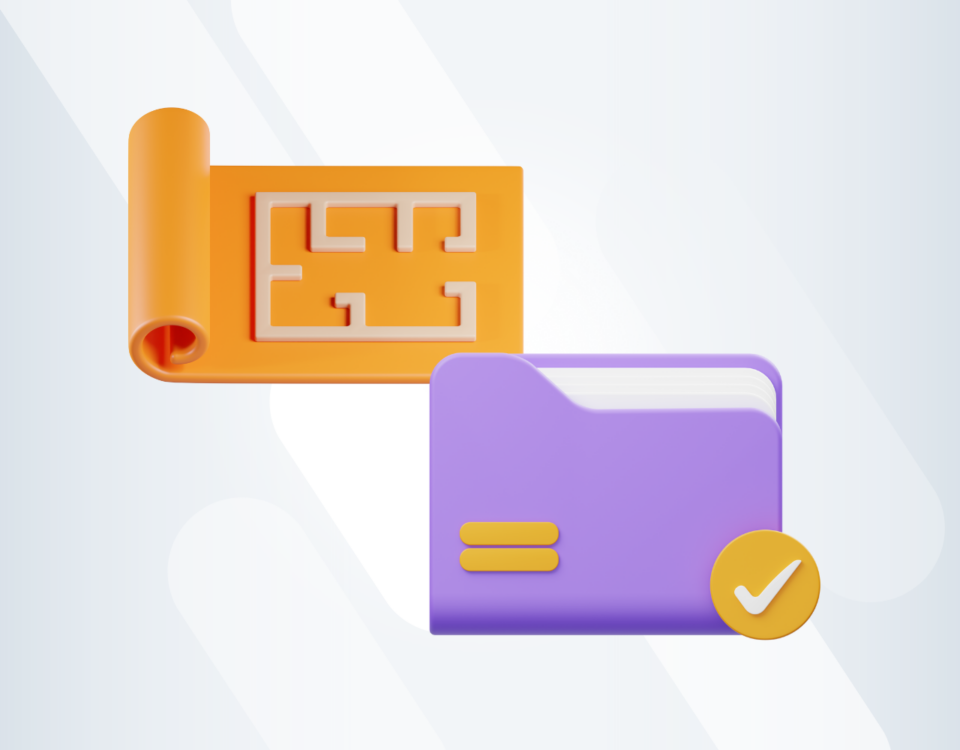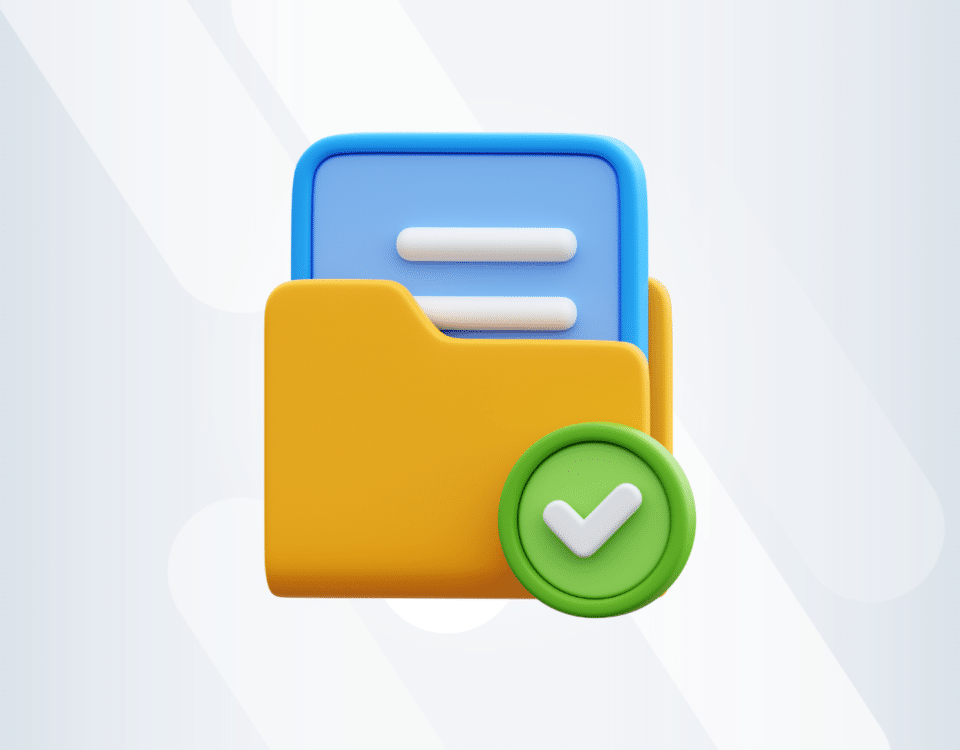Construction Tips, News & Best Practices
Project Management: Construction Data Analytics - Understanding & Leveraging Project's Data
Data in construction does not only refer to new digital technologies.
In every project daily, you receive, analyse and manage vast amounts of information. How to take care of them correctly to assure the project's success?
What is Construction Data?
Construction Data are all numbers, estimations and statistics that you have contact with during your work. They are present at every stage of construction projects, from early assessments to final reports.
Thanks to the proper use of construction data, you can better control your work and, as a result, assure successful project delivery.
Among the information in the construction company, we can distinguish three main types:
1. Estimating Data
Calculations are done based on data usually taken from similar, completed assignments or market analyses.
Estimation data are crucial for successful project management as they set realistic frames on project deliverables, such as delivery, profitability and costs. (and other factors you want to measure).
2. Project Data
This category gathers all data that concerns a specific project from the very start to the final completion. Here, you can find various types of data: operations, team management or subcontractors.
The main aim is to support better project execution and store all needed information for future, similar ventures.
3. Financial Data
Financial Data means all types of information regarding money inside the project (and the whole company).
This type of data is crucial as the costs, profits, and profitability are the main factors in measuring the company's financial stability.
Read about the 15 best software and tools for project management here.
What is the Common Data Environment?
Common Data Environments (CDE) can be described as a place where construction project information is stored. However, CDE not only stores but also gathers, manages and distributes graphical models and non-graphical data for all project members.
At first, created as a support for BIM, now alongside Building Information Modeling, CDE represents a new way of establishing, managing and presenting data in the construction industry.
Three Key Rules on How to Properly Manage Data in Your Company
1. Set clear responsibilities
Do you know who in your company is responsible for providing estimations before the project starts? Or, who takes care of controlling project financial data during the execution?
There is a saying that if everybody is in charge then nobody is.
Construction data can be a great source of information about your processes, possible improvements and potential risks in your project. It's essential to set up proper data management from the very start.
Set clear responsibilities in your team, even before the project starts.
You do not need to create a specific, separate role in your company, especially as each team member deals with data on a daily basis.
Instead, create a code of conduct on how to proceed with new data.
New technologies can also support clear data ownership as digital solutions often show who entered new data, made modifications etc.
Read about how sometimes, sound project management is not enough to get results.
3. Prepare your data in an organised way
When you achieve the first step of clear responsibility, you should make sure that the information your employees provide is prepared in an organised and easy-to-understand manner.
People remember better information presented graphically. That is why you should consider using dashboards for data analysis. They are easier to understand and you can produce reports from them.
Modern construction project management solutions offer great support in organising your company's data with various dashboards supported by automatisation.
However, if you use a more traditional method, here’s a small tip from us: set a specific day per week, per month or any time of a day, for your employees to update the dashboards.
3. Assure easy and constant access to data
Imagine being on the construction site. Suddenly, there’s some sort of risk and you need to make a decision. Since you usually work from the office, you left all the documents, estimations and data analysis there. It's going to be an educated guess.
You can avoid this by ensuring constant access to your project's data wherever you are.
Most modern project management tools are cloud-based, which means they are accessible from any device with a stable internet connection.
If you are currently using more traditional solutions, like Excel Spreadsheets, ensure that all needed employees have access to the data by shared Cloud or Google Drive. But again, like in previous points, make sure your data is updated.
How Can You Support Construction Data Analysis?
Construction data analysis seems pretty easy on paper. Gather the information, and make sure data is updated and presented in easy-to-comprehend charts.
However, proper data management can be an actual challenge in real life, especially for companies that manage complex projects or many investments simultaneously.
That is why many companies decide to invest in project management software to support them in managing data (per project and for the whole company).
Nowadays, modern project management solutions work like a golden thread for your business, which means that inside one platform, they connect different departments in your organisation to speed up the information flow.
See how Archdesk can help you manage data today by clicking below.
You might also like
February 29, 2024 • 7 min read
Utilizing the human-first approach to construction projects to drive higher results.
July 3, 2023 • 6 min read
8 Best Construction Drawing Management Software (2023): A Comprehensive Guide
Find all the information you need about the construction drawing management software tools available on ...June 14, 2023 • 6 min read
The 11 Best PlanGrid Alternatives (2023)
Looking for a great alternative to PlanGrid software? Check out the 11 best construction software tools ...June 14, 2023 • 4 min read
How to win at CIS 340 and make taxes a breeze
CIS 340 is a legal obligation for contractors. But getting it right isn’t straightforward. Want ...






